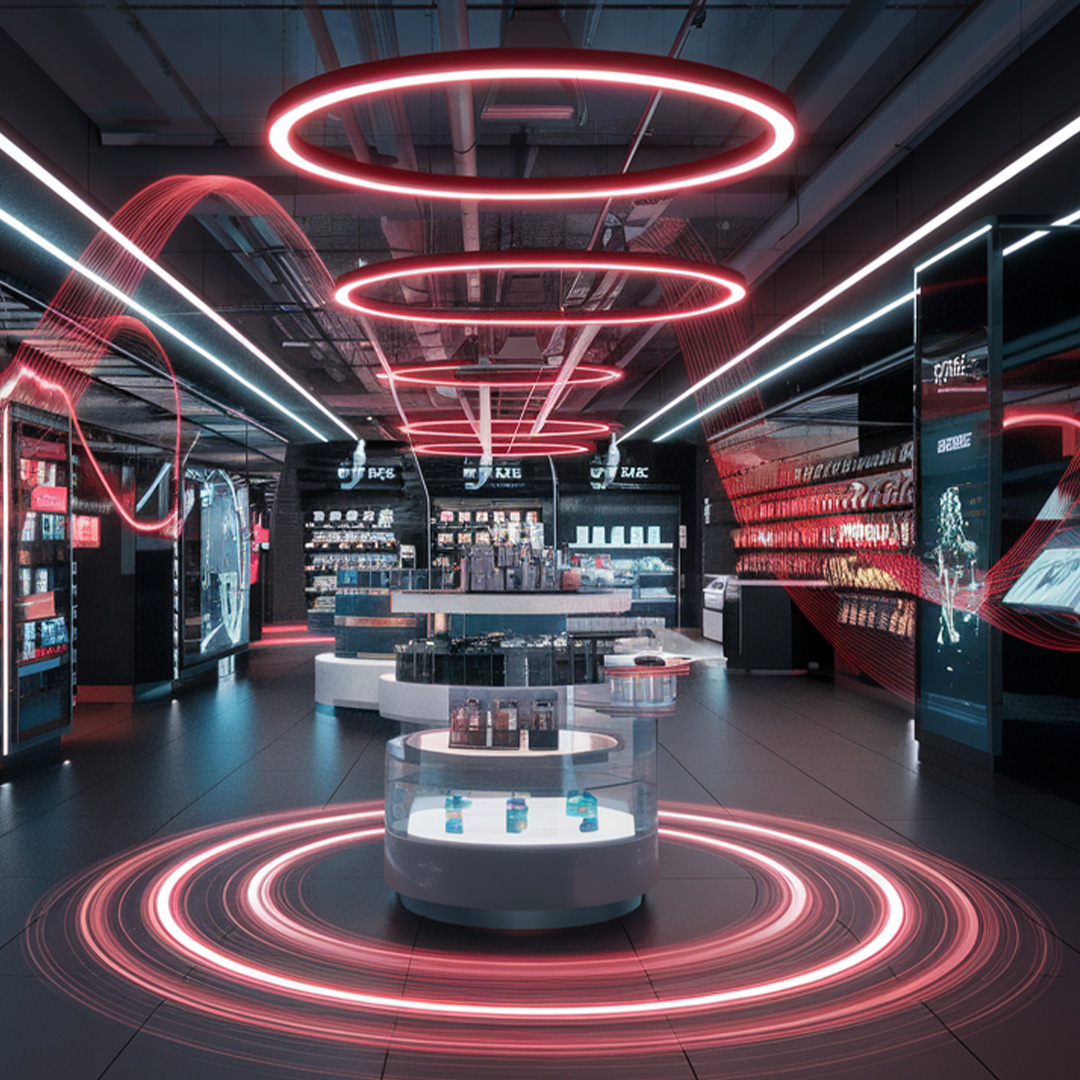The Role of First-Party Data in Retail Media
Retail media relies on first-party data collected directly from platforms like Amazon, Otto, or MediaMarktSaturn. These insights enable highly precise audience targeting by analyzing user behavior, purchase history, and search queries. Compared to third-party data, first-party data is more accurate, GDPR-compliant, and sustainable for long-term use.
Brands that effectively leverage first-party data benefit from:
More efficient ad budget management through precise audience targeting
Reduced waste by optimizing campaign delivery
Higher conversion rates thanks to personalized advertising
Effective Targeting & Personalization
One of the key advantages of retail media is the ability to dynamically adjust ads based on user behavior. Successful targeting relies on:
Demographic Data: Age, gender, location, and purchasing behavior
Behavioral Targeting: Retargeting users who viewed but didn’t purchase specific products
Contextual Advertising: Displaying ads exactly where users are searching for relevant products
AI-Powered Personalization: Machine learning algorithms optimize ads in real time to increase purchase likelihood
Retail Media Across Multiple Channels
Retail media is most effective when integrated into an omnichannel strategy. However, to reach the next level, leading brands are increasingly adopting unified commerce, where all channels are seamlessly connected.
Key Retail Media Channels:
✔ Onsite Retail Media: Ads directly on marketplaces like Amazon or Otto, highlighting products in search results for maximum visibility.
✔ Offsite Retail Media: Display and social media ads linking to external websites, generating purchase intent beyond marketplaces.
✔ In-Store Digital Signage: Digital ad placements in physical stores, delivering dynamic messaging to in-store shoppers.
✔ Geotargeting & DOOH (Digital Out of Home): Location-based ads that present relevant offers at the right time and place.
✔ SEO for Retail Media: Optimizing product listings and content for marketplaces and search engines to boost organic visibility, increase traffic, and drive long-term conversions.
Why Unified Commerce is Essential for Retail Media:
✔ Seamless Integration of Online & Offline – Connects digital and in-store experiences for a unified brand presence.
✔ Real-Time Personalized Offers – Links POS data with digital marketing for targeted promotions.
✔ Higher Conversion Rates – Creates a consistent, cross-channel user experience.
✔ Better Customer Journey Management – Enables precise control across digital touchpoints and physical stores.
Example: A customer discovers a product on social media, searches for it on Amazon, sees it advertised on a digital display in-store, and receives an in-app offer with a discount for purchasing in the physical store.

Maximize Your Brand’s Visibility – We’ll Show You How!
➡ Stay ahead with cutting-edge commerce trends and drive more sales.

















